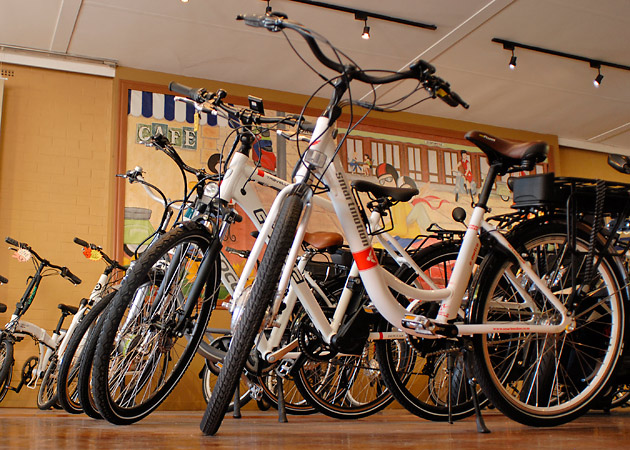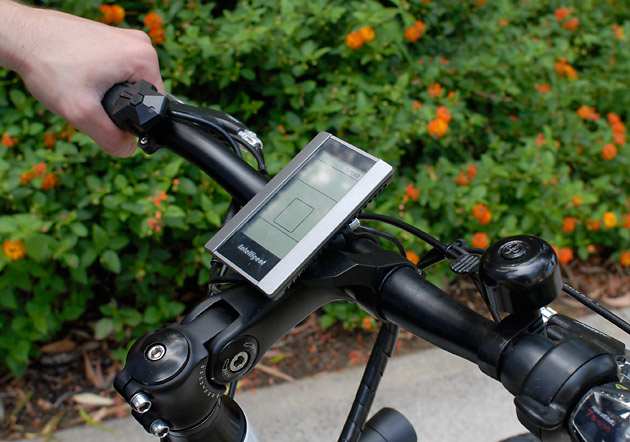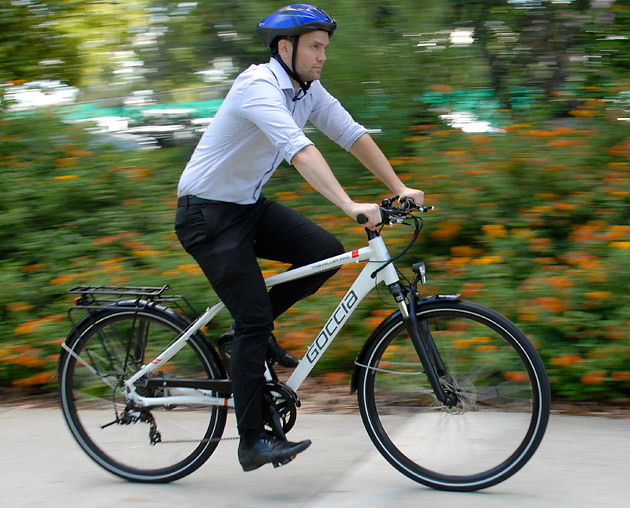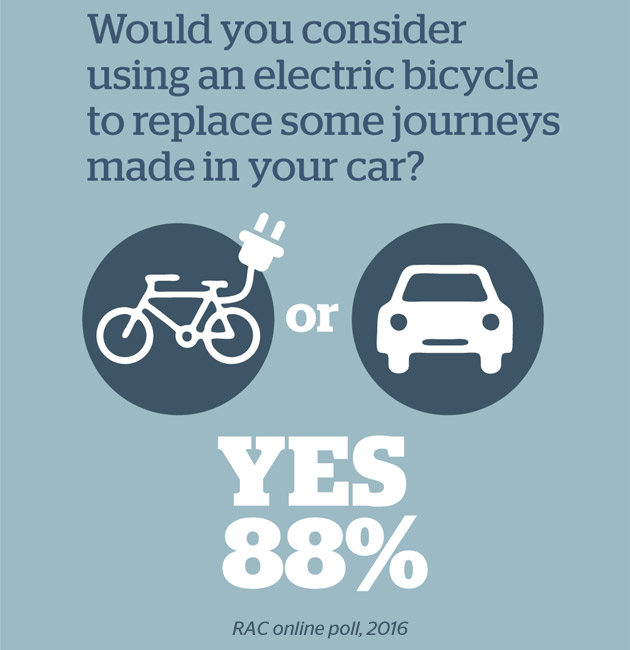18 April, 2017 By: Nigel Bowen
Is 2017 the year Australians embrace electric bikes? Here’s how the e-bike revolution is being kicked into gear.
The electric bicycle (e-bike) is not new – inventive types have been tinkering with the concept since the late 1800s. However the unwieldiness of the technology and unclear legal status of being a powered bike kept them as little more than a novelty.
Now, with advances in technology and manufacturing and recent legislation governing their use and sale, e-bikes are about to go mainstream.
Why an e-bike?
As well as being cheaper than running a car or using public transport, the potential of e-bikes to help us reduce our commute is expected to become their biggest selling point.

“Some require a private motor vehicle, but many could be done more quickly and easily using an e-bike,” he says.
“In time, people may choose an e-bike rather than a car for more shorter trips and those centrally located may opt to rely entirely on an e-bike.“So although you would expect many cyclists will purchase electric bikes, what I’m excited about is the people who don’t consider themselves cyclists buying them."
The age of the e-bike is now
Of about 1.2 million bikes sold in Australia each year, only a very small fraction are currently e-bikes, says Bourke.
However now e-bikes have jumped the final hurdles to go mainstream, the expectation is that both supply and demand will soon experience a sharp uptick.
"Secondly, all Australian governments have now introduced legislation that is consistent with international standards, classifying e-bikes up to 250 watts as bikes, rather than motor vehicles," Bourke says.Firstly, the technology has evolved to the point where e-bikes are affordable, user-friendly and have long lasting batteries and a reasonable range.
"Thirdly, with the legal situation sorted out [in most states], that means electric bike manufacturers are now targeting the Australian market, so supply and options will also increase.”

So why get one? Because they are practical, fast, economical and can get you around town without breaking a sweat. What’s not to love?
Currently costing between $2000 to $4000, it pays to do your homework on what different makes and models offer in terms of range, the location of the motor, battery and warranties before you buy.
And don’t expect power-assisted bikes to do all the work for you.
Enjoying this article?
Sign up to our monthly enews
“The type of electric bikes that are now legal in Australia are the ‘pedelec’ variety. That means the motor only engages when you’re pedalling and it cuts out once a speed of 25km/h is reached,” Bourke says.
That means you might get a bit of exercise in too.
Although the Australian Government adopted the 250 watt EU design standard in 2012, which meant the bikes could be imported into Australia, it was not until 2015, when WA adopted the 250 watt pedalec standard that these bikes could be ridden in WA.
| 2000/2001: | 892,000 |
|---|---|
| 2005/2006: | 1,289,000 |
| 2010/2011: | 1,218,086 |
| 2015/2016: | 1,282,077 |

Image credit: Clayton Jauncey
A more connected WA
Cycling isn't just a great way to get around and stay fit and healthy, it also helps tackle traffic congestion and harmful vehicle emissions. Find out more about how RAC is working to support cycling as part of a more connected WA.
